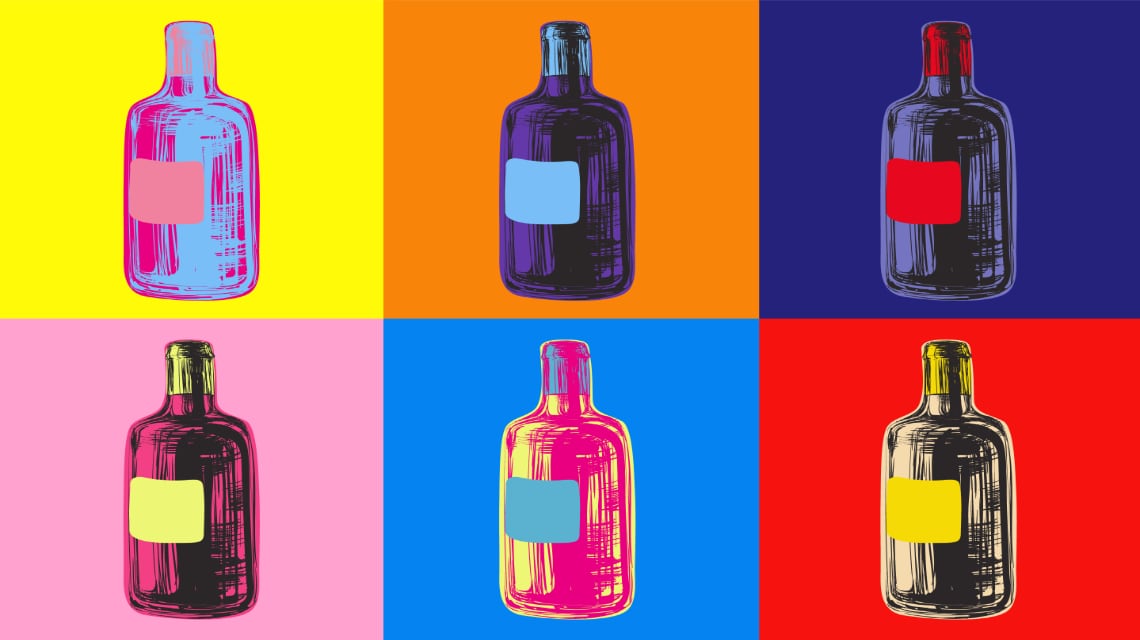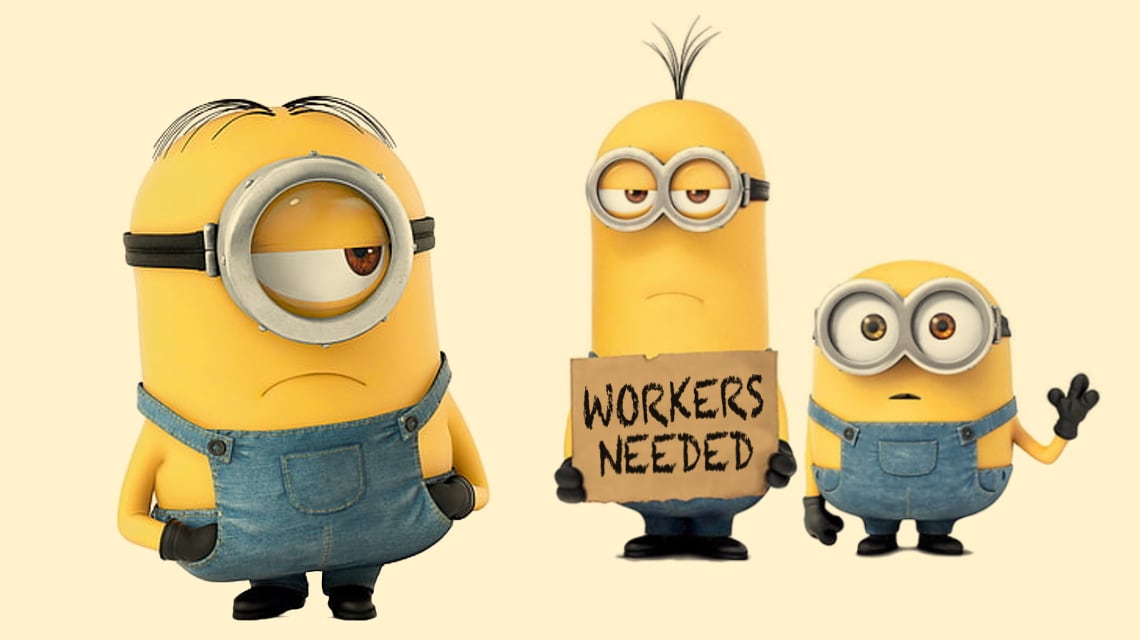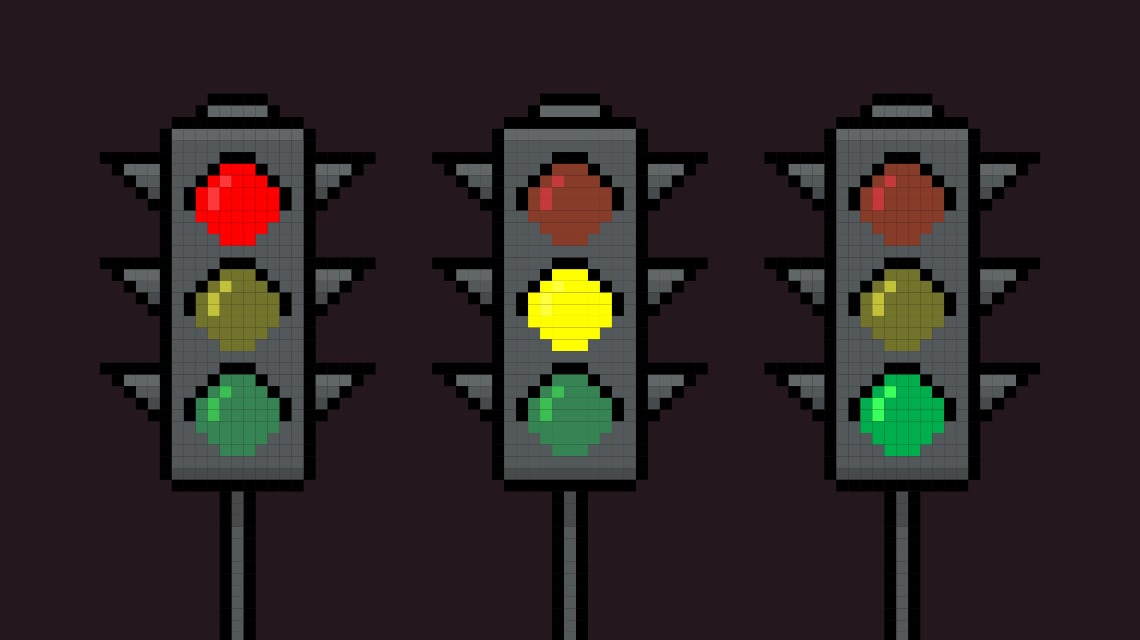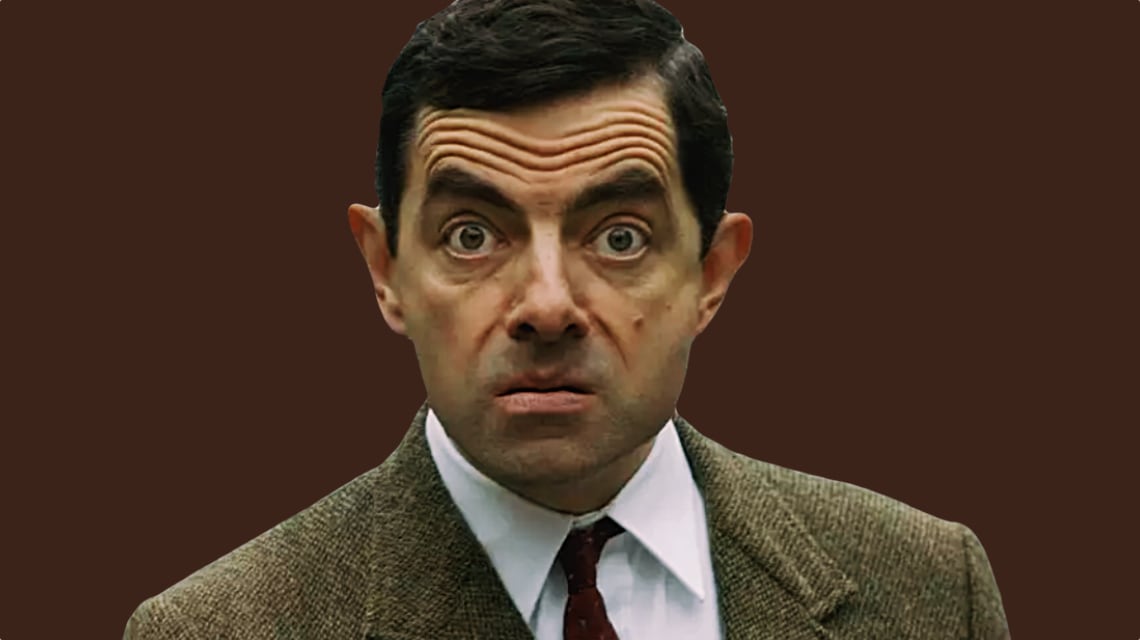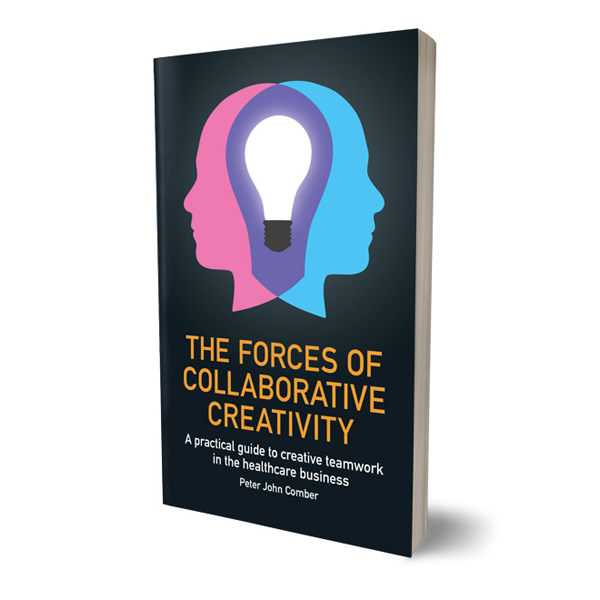Repetition and the Mere Exposure Effect.
4 out of 5 people complain that they see the same ads too many times. But repetition is effective.
People prefer the things they are frequently exposed to.* The mere-repeated-exposure is a robust phenomenon supported by numerous scientific studies (the first known research dates from 1876**). It is a fundamental human characteristic, true for all cultures and kinds of stimuli. It is a form of conditioning, repeated exposure to something (without any associated negative events) makes it reassuringly familiar.
Advertising works because of the mere exposure effect and a correlated phenomenon called the illusory truth effect. People tend to believe the things they hear repeated frequently - even false information. The way we assess the validity of a claim is two-fold: does it align with our current beliefs; does it feel familiar? Consequently, exposure to ‘alternative facts’ changes their perceived truthfulness and plausibility.***
A recent Ad Age-Harris Poll of 1,045 respondents tells us that 81% of consumers complain that they see the same ads too many times on streaming platforms. I’m surprised the number isn’t higher. Mere exposure typically reaches its maximum effect between 10–20 repetitions.**** Watching an ad 15 times is not a pleasurable prospect… unless the ad is appealing. Therein lies the crux of the matter. Advertising works through repetition but many advertising messages are intrinsically annoying and each repetition simply increases their ability to annoy. The solution is better ads. Ads that are entertaining, spectator-focused (not exclusively product-focused), and sympathetic to the viewing context. The solution is also an old practice that seems to be in decline: multi-subject campaigns. Repetition is less boring but no less effective if the message is the same but the way it is conveyed varies.
Recently I’ve seen an ad for M&M’s Chocolate Block multiple times. I use it as an example because while it isn’t a great ad it’s far from being a bad one but I find it gets worse with each viewing. Instead of seeing the same ad multiple times, I should have been shown many different renditions of the basic idea - M&M’s characters, trapped in a block of chocolate, undergoing psychological therapy. Imagine eight little films, each with its own jokes, all capable of standing alone but when viewed throughout twenty-four impressions (three repetitions of each subject) they are linked and make a far superior viewing experience. It would be great to see advertising replace mere-repeated-exposure with intelligent-repeated-exposure.
*Zajonc, Robert B.. “Mere Exposure: A Gateway to the Subliminal.” Current Directions in Psychological Science 10 (2001): 224 - 228.
**Fechner, G.T. (1876). Vorschule der aesthetik. Leipzig, Germany: Breitkoff & Hartel.
***Polage, Danielle (2012). "Making up History: False Memories of Fake News Stories". Europe's Journal of Psychology. 8 (2): 245–250. doi:10.5964/ejop.v8i2.456.
****Bornstein, Robert F. (1989). "Exposure and affect: Overview and meta-analysis of research, 1968-1987". Psychological Bulletin. 106 (2): 265–289. doi:10.1037/0033-2909.106.2.265.
